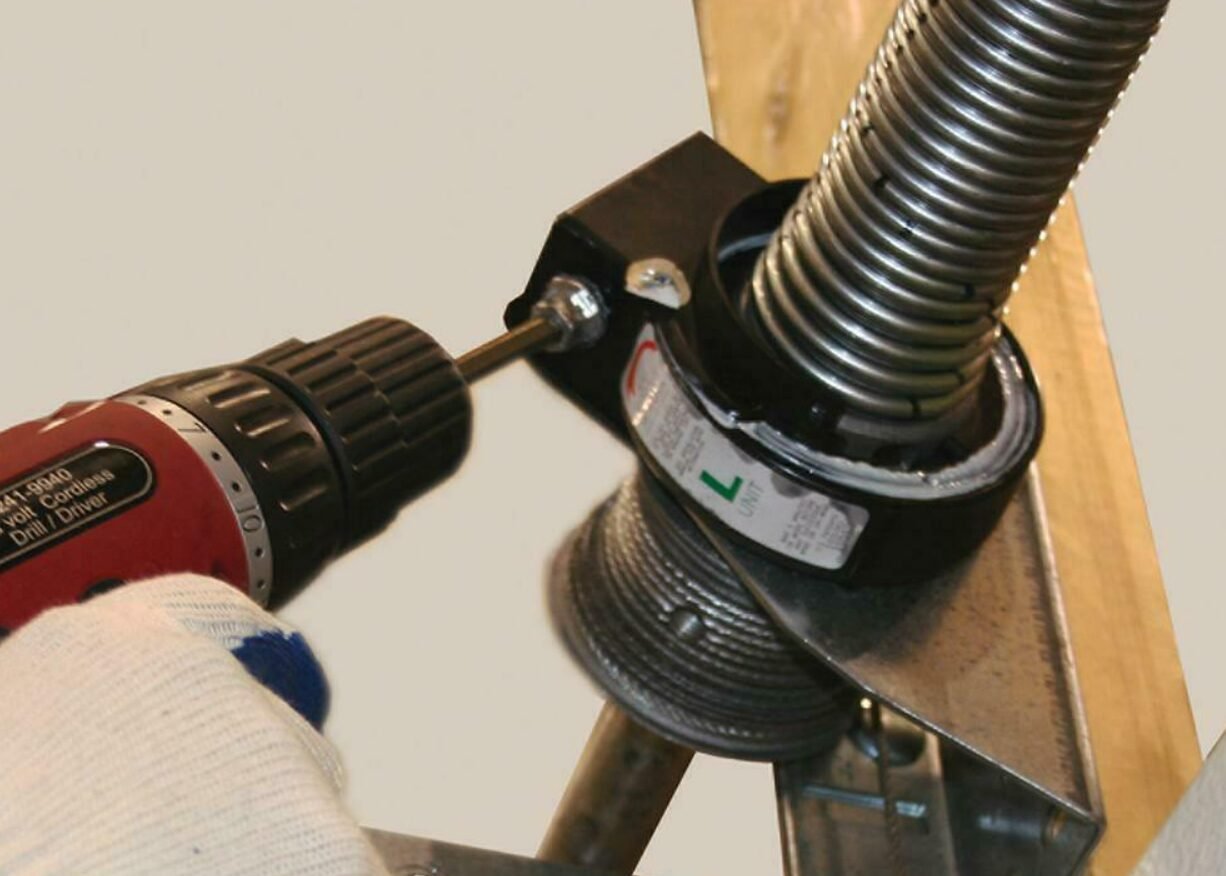How to Identify the Type of Garage Door Spring You Have
- COMMERCIAL GARAGE DOOR REPAIR
- GARAGE DOOR OPENER INSTALLATION
- GARAGE DOOR SPRING REPAIR
- SAME-DAY GARAGE DOOR REPAIR
- CUSTOM GARAGE DOOR
- GARAGE DOOR OPENER REPAIR
- GARAGE DOOR TRACK REPAIR
- GARAGE DOOR CABLE REPAIR
- GARAGE DOOR PANEL REPAIR
- LOCAL GARAGE DOOR REPAIR
- GARAGE DOOR REPLACEMENT
- NOISY GARAGE DOOR FIX
- GATE REPAIR
- GARAGE DOOR INSTALLATION
- GARAGE DOOR SECTION REPLACEMENT
- OVERHEAD GARAGE DOOR REPAIR

How to Identify the Type of Garage Door Spring You Have
Understanding the type of garage door spring in your system is essential for maintaining safety and ensuring timely repairs. Since these springs are critical for smooth door operation, identifying them correctly can help streamline garage door spring repair and prevent unnecessary delays or costs. Whether you’re a homeowner or a business owner managing heavy-duty setups, knowing the basics can make all the difference.
The Importance of Identifying Your Garage Door Springs
Garage door springs bear the weight of the door and make it possible to open and close it with little effort. These components are durable but not indestructible, and they require proper maintenance and replacement when worn out. At Garage Door Repair Grove City Ohio, we emphasize the importance of identifying your spring type for a few key reasons:
- Efficient Repairs
Knowing what type of spring you have ensures quicker garage door repairs, as technicians can determine the right replacement immediately.
- Preventing Safety Hazards
Using the wrong type or size of spring can lead to malfunctions, putting property and individuals at risk.
- Extending Lifespan
Correctly chosen springs are durable and compatible with your door’s specifications, prolonging the lifespan of both the spring and the door.
Proper identification starts with understanding the two primary types of springs used in garage doors.
Main Types of Garage Door Springs
Both residential and commercial garage doors primarily rely on one of two major spring systems. This guide will walk you through the features, location, and characteristics of each type.
1. Torsion Springs
Torsion springs are the most commonly used springs in modern garage door systems, particularly for larger and heavier doors. Here’s what makes them stand out:
- Location
Torsion springs are mounted horizontally along a metal shaft above the garage door opening.
- How They Work
When the door moves, the torsion spring twists or coils tightly to store energy, which is released to control the door’s movement.
- Suitable Applications
These springs are ideal for heavy garage doors or commercial setups as they handle greater mechanical stress with precision.
Characteristics of Torsion Springs
- Durable and long-lasting
- Offer smoother operation and balance
- Require professional expertise for installation and repair
If you see a horizontal bar above your garage door with tightly wound springs attached, you’re looking at a torsion spring system.
2. Extension Springs
Extension springs are another popular option, often found in older or lighter garage door systems. Their design and operation are quite different from torsion springs.
- Location
Extension springs are installed on both sides of the door, above the track.
- How They Work
These springs extend and contract to counterbalance the weight of the door, helping it open and close.
- Suitable Applications
Extension springs are mainly used in lightweight residential garage doors, although some older commercial systems may still utilize them.
Characteristics of Extension Springs
- More affordable than torsion springs
- Easily visible and accessible for inspection
- Less durable and more prone to wear
If your springs are located along the sides of your garage door, you likely have an extension spring system.
Signs That It’s Time for Garage Door Spring Repair or Replacement
Regardless of the type of spring, identifying when a repair or replacement is necessary can help you avoid operational failures and accidents. Here are the key signs to watch for:
Loud Noises During Operation
Garage door springs should operate relatively quietly. If you notice loud bangs, screeching, or grinding sounds, chances are something is wrong with the springs.
Unbalanced or Uneven Door
A garage door that appears tilted or doesn’t stay level often signals an issue with the springs’ tension or a possible break.
Door Moves Slowly or Feels Heavy
Faulty or worn-out springs can make the door feel heavy, causing it to move slowly or even jam.
Visible Damage to the Spring
Regularly inspect your springs for rust, gaps in the coils, or stretched-out sections. These are telltale signs of significant wear.
By addressing these problems early, you can avoid more extensive garage door repairs.
Professional Help for Accurate Identification and Repairs
While some homeowners and business owners may attempt DIY fixes, garage door springs require precise handling. Misidentifying your spring type or performing incorrect repairs can result in accidents or further damage. For safety and efficiency:
- Work with a technician who has experience dealing with both torsion and extension springs.
- Ask for professional recommendations on high-quality spring replacements that suit your door’s weight and usage patterns.
- Request routine maintenance checks to keep your system in top condition.
When you need garage door spring repair or expert assistance, trust professionals like Garage Door Repair Grove City Ohio to get the job done right. Their experienced team ensures a safe and seamless service experience tailored to your specific needs.
